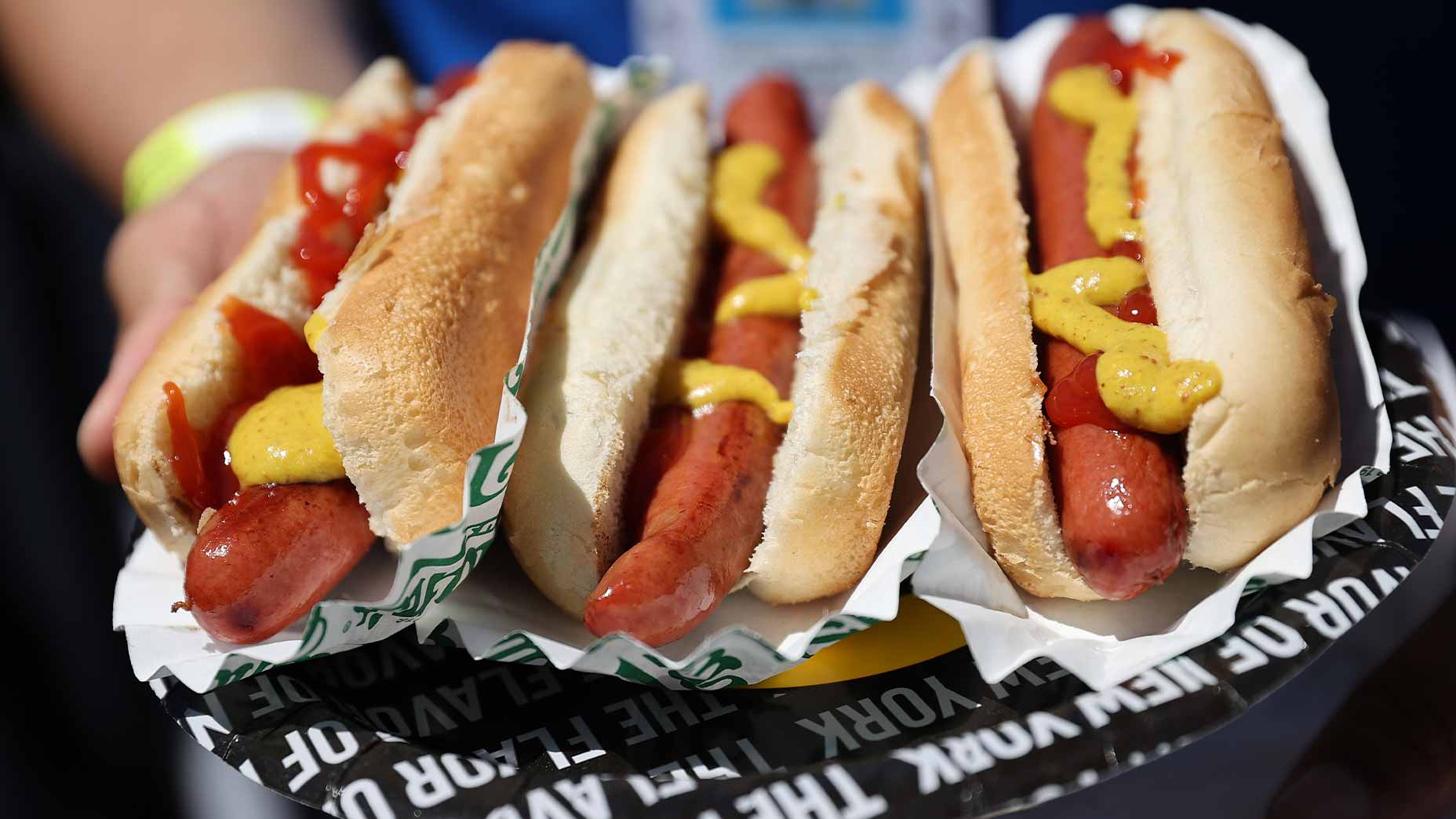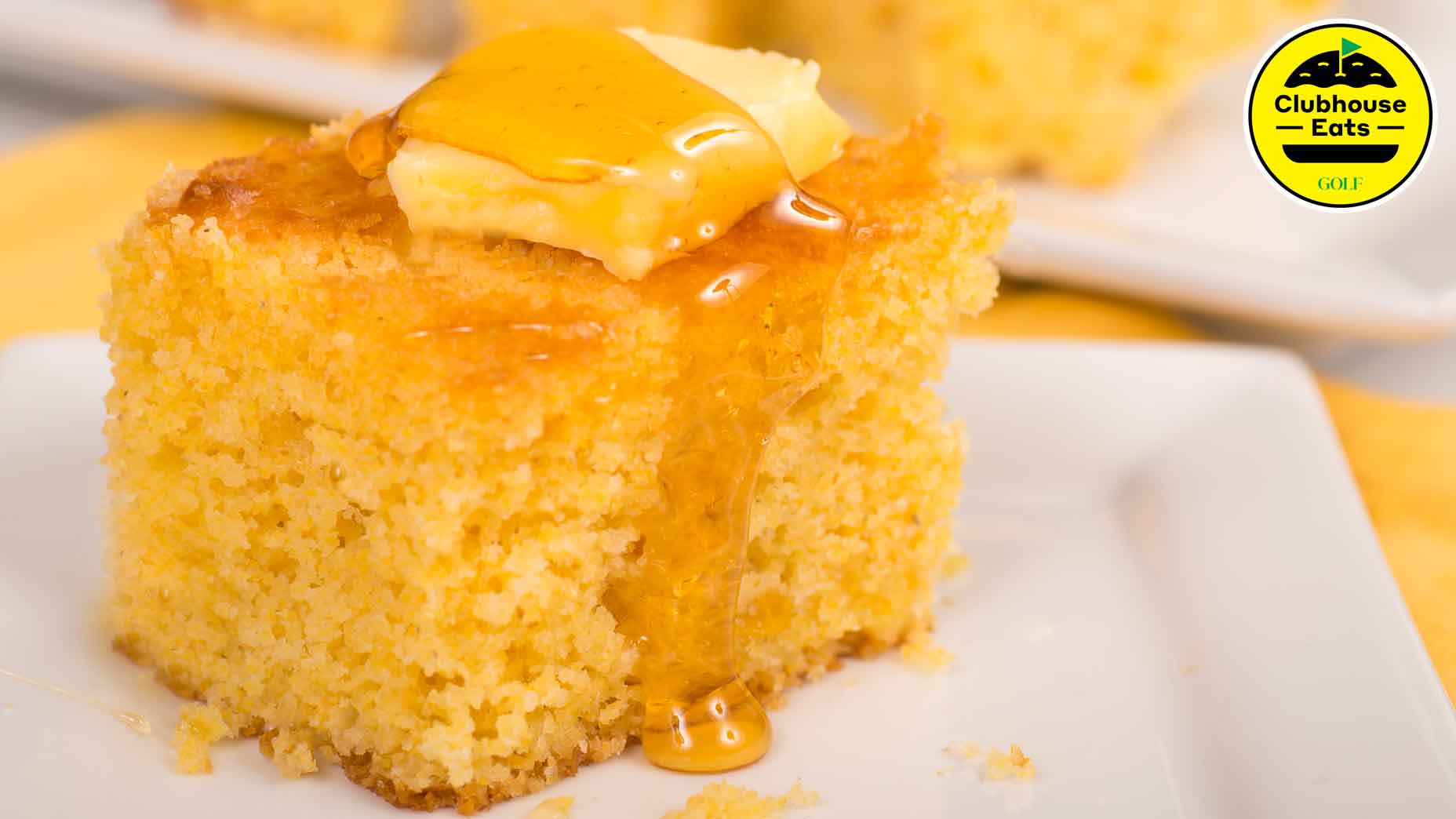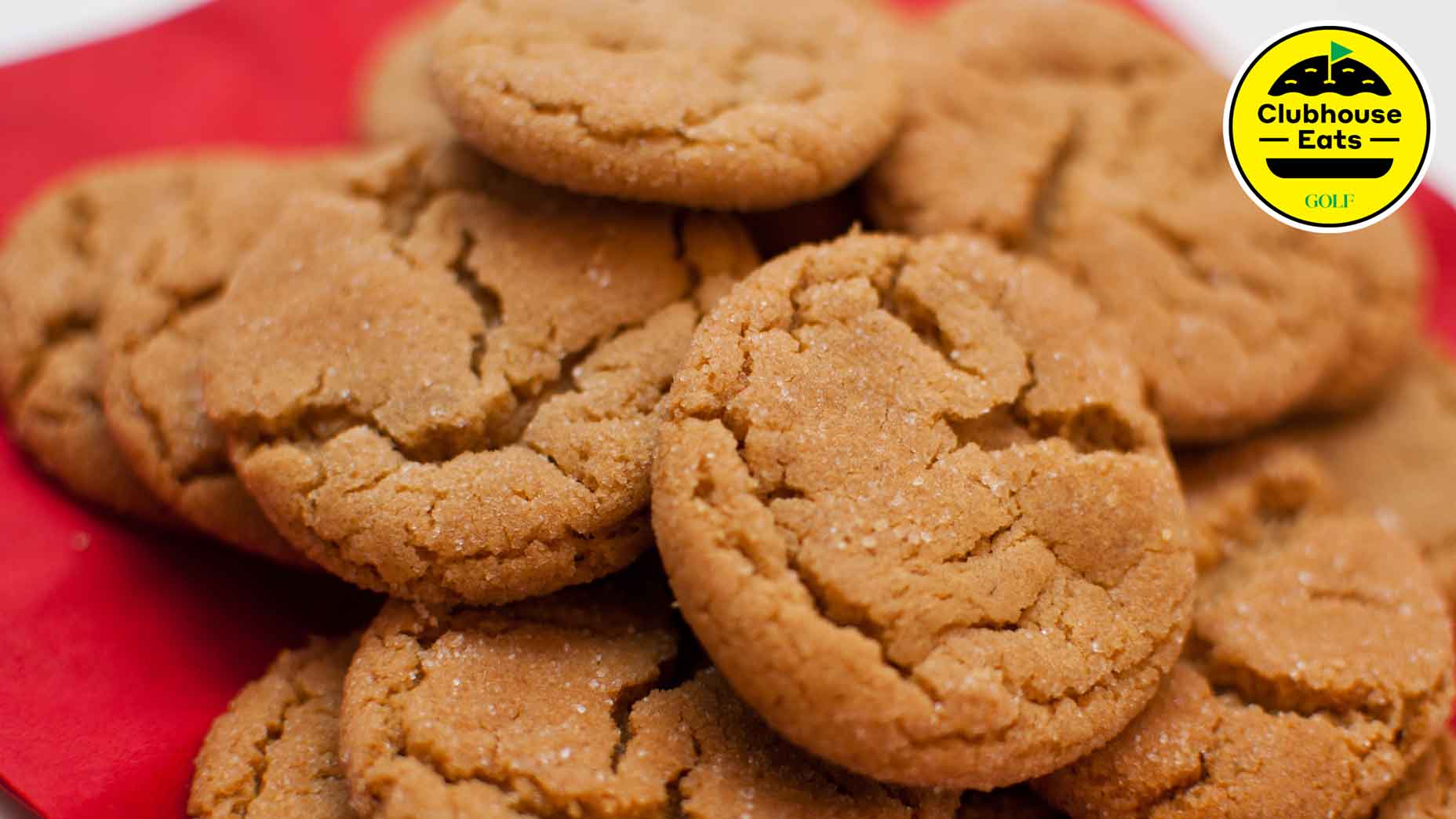A great cheesesteak is sublime. There’s no other way to describe it. The sandwich is one of those perfect culinary hybrids — an equal mix of comfort food and pure indulgence. In the words of Jeff Parenty, the executive chef at Hidden Creek Golf Club in southeastern New Jersey, an expertly made cheesesteak delivers “the perfect bite of harmonious, fatty, cheesy goodness.”
Parenty should know. After all, Hidden Creek is just an hour’s drive outside of Philadelphia, where almost a century ago the now-famous sandwich was born. He’s had his fair share of great cheesesteaks.
We wholeheartedly agree with the chef’s assessment, which is why we sought Parenty’s advice — and that of Michael Ford, the executive chef at Streamsong Resort — to create a foolproof roadmap for exceptional, menu-worthy cheesesteak sandwiches made at home.
So if you’re hankering for a delectable cheesesteak, here’s what you should know:
The Meat
It goes without saying that for a steak-and-cheese sandwich, the meat is a key ingredient — for that matter, so, too, is the cheese, but we’ll get to that in a moment. Both Parenty and Ford use shaved ribeye as their beef of choice, and that’s not a coincidence. “Fat is king here,” Ford explains, urging at home cooks to veer away from leaner cuts of meat. (They might be perceived as healthier options, but they’ll lead to a dry-tasting sandwich.) “Ribeye is well-marbled with fat, and fat equals flavor,” he continues. “The meat is also tender and can cook very fast.”
“The right amount of fat to the right amount of meat is going to be much more unctuous,” Parenty adds. More specifically, he relies on certified Piedmontese ribeye steaks, which are somewhat lean — at least by ribeye standards — but the cut of beef still features an “eye” of fat, which renders out when the meat is cooked and, as the chef exclaims “kicks up the flavor of the cheesesteak.”
The Cheese
As you might expect, an easy-melting cheese is paramount to a desirable finished product. As Chef Ford explains, those cheeses will mix in with the cooked meat as opposed to just sitting on top of it. Provolone and white American are staples at Streamsong, though the food truck positioned next to the resort’s two-and-a-half-acre putting course serves a Latin-inspired twist that utilizes queso.
At Hidden Creek, Chef Parenty has made Cooper Sharp American the go-to cheese for the golf club’s cheesesteaks. “Most American cheeses don’t have a sharp attribute,” he acknowledges, “but this cheese definitely does.”
The secret to a perfect halfway house hot dog, according to a golf-club chefBy: Shaun Lewis
When choosing the right cheese for a cheesesteak, it’s almost better to know which types not to use. Mozzarella is too stringy and, in Chef Parenty’s opinion, it doesn’t coat the meat very well. Ford also avoids using dry, aged, or crumbly cheeses, including any that have a strong, overt flavor. “I wouldn’t use a cheese that you would pair with wine,” he says.
The Bread
Up until now, we likely haven’t told you anything that you didn’t already know about which of the sandwich’s main ingredients are most important. But we bet you’ve likely overlooked the significance of the bread. It’s a common pitfall that often stands in the way of at-home cooks creating restaurant-worthy steak-and-cheese sandwiches. “The wrong roll could completely ruin a perfect cheesesteak,” says Parenty. “It’s important that your roll is not too hard or too soft. You want it to be able to soak up the juices without completely falling apart.”
Chef Ford concurs, which is why he always looks for an Italian hoagie roll that’s “crusty on the outside and soft and moist on the inside.”
Key Advice
When it comes to actually cooking the sandwich, the temperature at which you set your skillet is key. More specifically, the hotter you can get the cooking surface, the better. “With the meat being so thin, you want the pan smoking hot,” says Parenty. “As you get that sear, it’ll lock in the juices.”
Instead of attempting to transfer the cooked contents of your sandwich to an open roll by using a spatula or some other utensil, consider splitting the roll in two and using it to cover the meat and cheese when it’s still in the skillet. This is a tactic that Chef Ford uses—he says “it’s like the bread is hugging the meat-and-cheese mixture.” When the bread is hot, use a large spatula to pick up everything at once, flip it over on a plate, and—voila!—you’re done.
Pub 59 at Streamsong Resort serves a traditional cheesesteak that’s enhanced with sautéed mushrooms, peppers, and onions, not to mention a sprinkling of Italian seasoning, salt, pepper, and garlic powder. If you’re attempting something similar, Chef Ford encourages having the vegetables sautéed in advance. In fact, that’s his number one rule when making a cheesesteak. “Have everything ready,” he advises. “When it’s time to build the sandwich, you don’t want to be rummaging through the pantry looking for garlic powder while your expensive ribeye is overcooking.”











